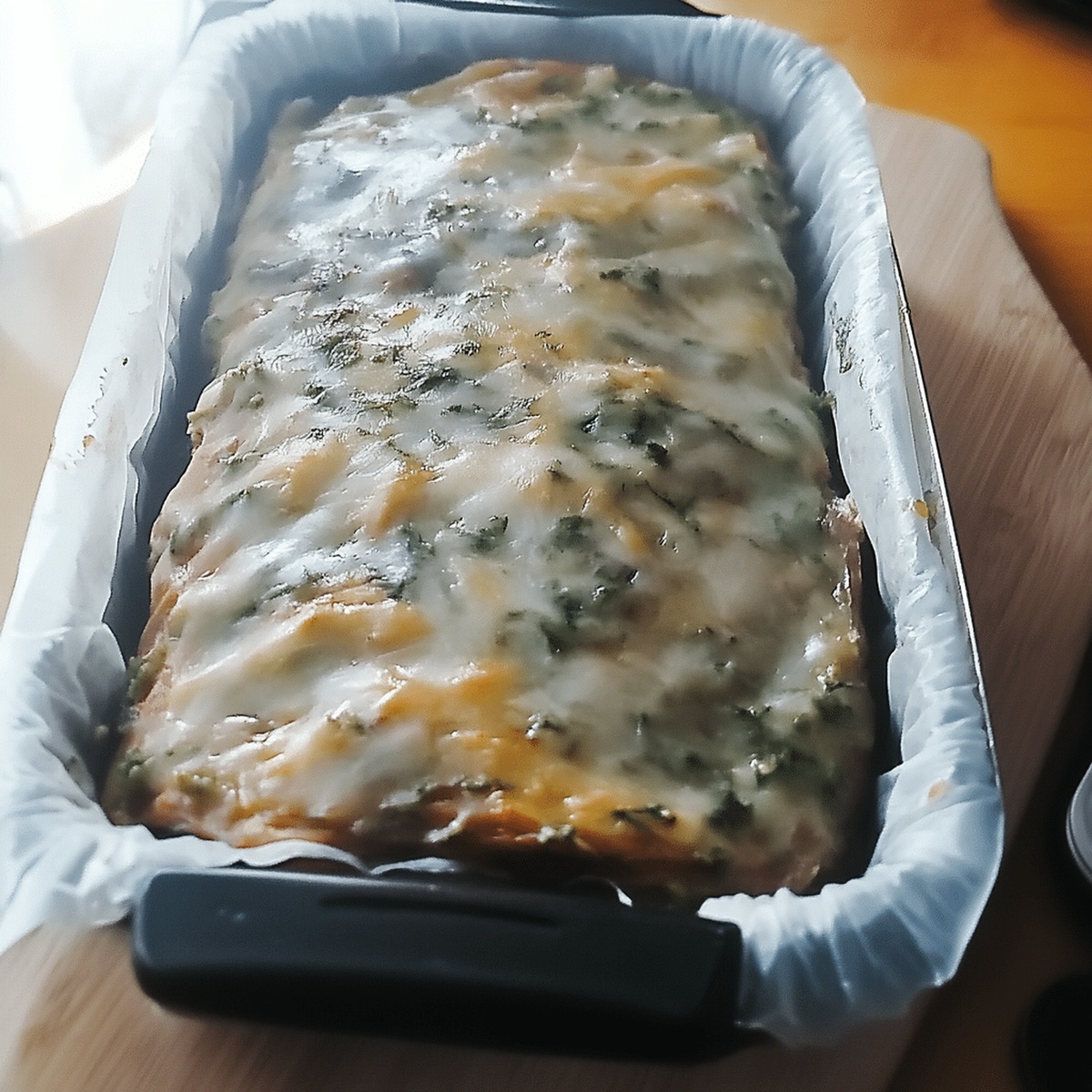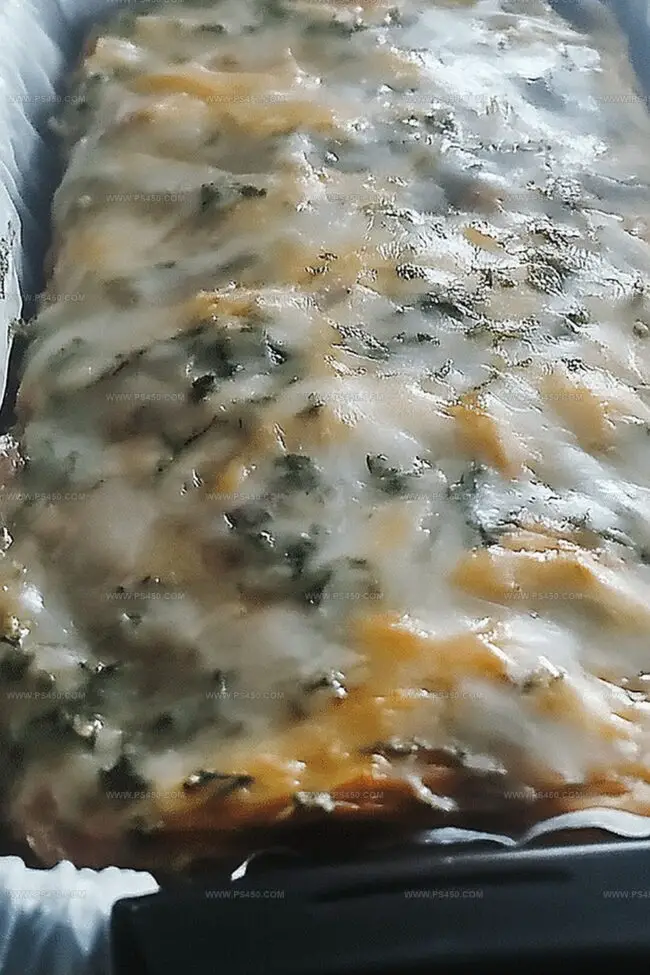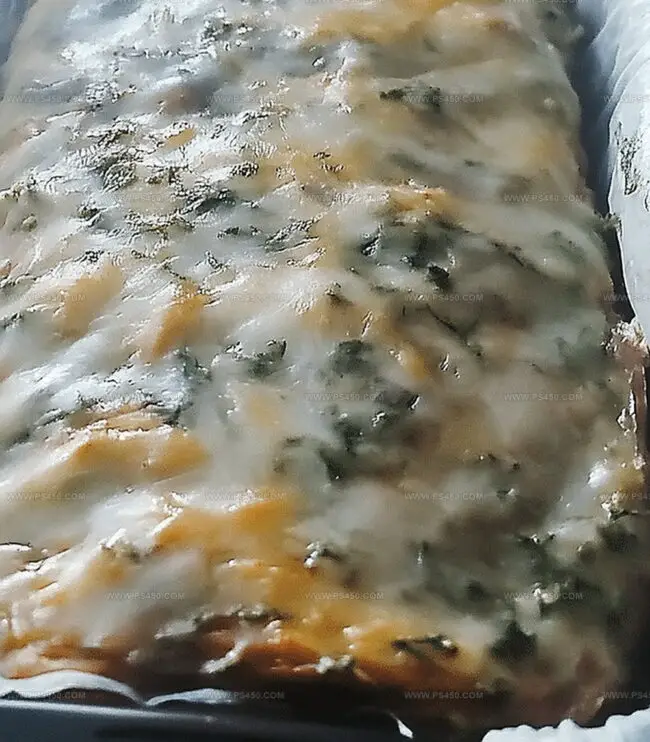Countryside Charm: A Rustic Terrine de Volaille Recipe to Wow
Crafting a rustic terrine de volaille brings French countryside cooking right to your kitchen.
This delectable poultry terrine blends traditional techniques with rich, layered flavors.
Delicate herbs and carefully selected ingredients meld together in a harmonious culinary creation.
Chefs and home cooks alike appreciate the elegant simplicity of this classic French dish.
The technique requires patience but rewards you with an impressive centerpiece for any gathering.
Each slice reveals intricate layers of seasoned meat and subtle aromatics.
Serve this terrine as an appetizer or light lunch, and watch your guests marvel at your culinary skills.
Quick Recipe Overview
Terrine de volaille: Les Ingrédients Clés
For Protein Base:For Seasoning and Binding:For Texture and Moisture:Les Outils Pour une Terrine de volaille Parfaite
Comment Réaliser une Terrine de volaille Maison
Chop chicken fillets into chunks, setting aside some pieces whole while blending the remaining meat with sausage filling to create a smooth, rich foundation for your terrine.
Add salt, pepper, and herbs to enhance the flavor profile of your chicken blend, ensuring each bite delivers a delightful taste experience.
Carefully arrange the whole chicken pieces and blended mixture in a terrine mold, alternating between chunky and smooth textures to build depth and complexity.
Line the terrine mold with thin bacon or pork slices to create a protective barrier that keeps the terrine moist and adds a rich, savory exterior.
Place the terrine in a preheated oven at 180°C (350°F), cooking slowly to develop deep flavors and ensure the meat is perfectly cooked through.
Once baked, allow the terrine to cool completely, then refrigerate overnight to firm up and allow flavors to meld and intensify.
Slice the terrine into elegant portions, serving with crusty bread and a light salad for a sophisticated and delicious meal.
Astuces pour Personnaliser votre Terrine
Comment Présenter la Terrine de volaille avec Élégance
Comment la Conserver Sans Compromettre sa Texture
FAQs
A French-style chicken loaf made by blending and layering chicken meat, typically baked in a terrine mold and served cold as an appetizer or part of a charcuterie board.
Yes, you can use a mix of chicken breasts, thighs, or ground chicken. The key is to maintain the right meat-to-fat ratio for a smooth, rich texture.
Insert a meat thermometer into the center; it should reach 165°F (74°C). The terrine should look firm and have a consistent texture without any raw or uncooked sections.
While it requires some technique, home cooks can successfully make terrine with patience and attention to detail. Following the recipe carefully and using quality ingredients are essential for a delicious result.
Print
Rustic Terrine De Volaille Recipe
- Total Time: 1 hour 50 minutes
- Yield: 7 1x
Description
Delicate Terrine de volaille showcases French culinary elegance with layers of delicate chicken, herbs, and rich cream. Gourmet cooks will savor this classic French dish that brings subtle flavors and refined texture to the dining experience.
Ingredients
- 600 g (21.16 oz) poultry fillet (chicken or turkey)
- 200 g (7.05 oz) sausage meat
- 100 g (3.53 oz) smoked bacon, cooked and drained
- 2 eggs
- 100 ml (3.38 fl oz) thick fresh cream
- 50 g (1.76 oz) paris mushrooms, finely sliced
- 50 g (1.76 oz) peeled pistachios
- 50 g (1.76 oz) roasted hazelnuts
- 1 shallot, finely chopped
- 2 garlic cloves, chopped
- 1 tablespoon fresh parsley, chopped
- 1 teaspoon dried thyme
- salt and pepper, to taste
Instructions
- Preparation: Preheat oven to 350°F, creating an ideal thermal environment for uniform cooking of the terrine.
- Protein Processing: Divide chicken fillets into two sections – roughly chop 200g and blend remaining 400g with sausage meat, cream, eggs, and fragrant herbs into a silky forcemeat using a food processor.
- Layering Technique: Arrange chopped chicken pieces as a rustic foundation in the terrine mold, then delicately cascade the processed forcemeat over the base, ensuring comprehensive coverage.
- Seasoning and Sealing: Enhance the mixture with nuanced salt, pepper, and complementary spices, then meticulously encase the mold with aluminum foil to preserve moisture and prevent surface dehydration.
- Cooking Method: Position the wrapped terrine in a deep baking dish filled with simmering water, creating a classic bain-marie that guarantees gentle, consistent heat penetration during the baking process.
- Thermal Treatment: Bake in the preheated oven, allowing the terrine to develop complex flavors and achieve a luxurious, smooth consistency.
- Cooling and Resting: Once cooked, extract the terrine from the oven and permit complete cooling before carefully releasing from the mold.
- Flavor Maturation: Refrigerate for several hours or overnight, enabling the ingredients to harmonize and the texture to solidify.
- Serving Presentation: When thoroughly chilled, slice the terrine into elegant portions, ready to be presented as a refined appetizer or sophisticated light entrée.
Notes
- Maintain Precise Temperature: Use an oven thermometer to ensure exact moderate heat, preventing overcooking or drying out the delicate chicken mixture.
- Blend Smoothly: Process the forcemeat in short pulses, stopping occasionally to scrape down sides, guaranteeing a silky-smooth texture without overworking the proteins.
- Control Moisture Carefully: The water bath technique is crucial for preventing the terrine from cracking or becoming tough, so fill the outer dish with hot water up to two-thirds of the terrine mold’s height.
- Enhance Flavor Flexibility: Experiment with different herbs like thyme, tarragon, or parsley to personalize the terrine’s aromatic profile without compromising its delicate structure.
- Prep Time: 20 minutes
- Cook Time: 1 hour 30 minutes
- Category: Lunch, Dinner, Appetizer
- Method: Baking
- Cuisine: French
Nutrition
- Serving Size: 7
- Calories: 360
- Sugar: 1 g
- Sodium: 450 mg
- Fat: 25 g
- Saturated Fat: 10 g
- Unsaturated Fat: 15 g
- Trans Fat: 0 g
- Carbohydrates: 6 g
- Fiber: 1 g
- Protein: 24 g
- Cholesterol: 120 mg




John Nicholson
Lead Writer & Recipe Developer
Expertise
Recipe Testing and Development, Kitchen Hacks and Time-Saving Tips, Flavor Pairing and Ingredient Selection, Engaging Food Writing and Storytelling
Education
Johnson & Wales University
John Nicholson honed his skills at Johnson & Wales University, learning how to use fresh, local ingredients and down-to-earth techniques to make cooking simple and satisfying.
His recipes blend Southern comfort flavors with a modern touch, inviting everyone to cook with ease and confidence.
Living in Charleston, John takes cues from the city’s lively food scene, local markets, and seasonal produce. He’s all about making meals stress-free through easy tips, flavor pairings, and fun experiments in the kitchen